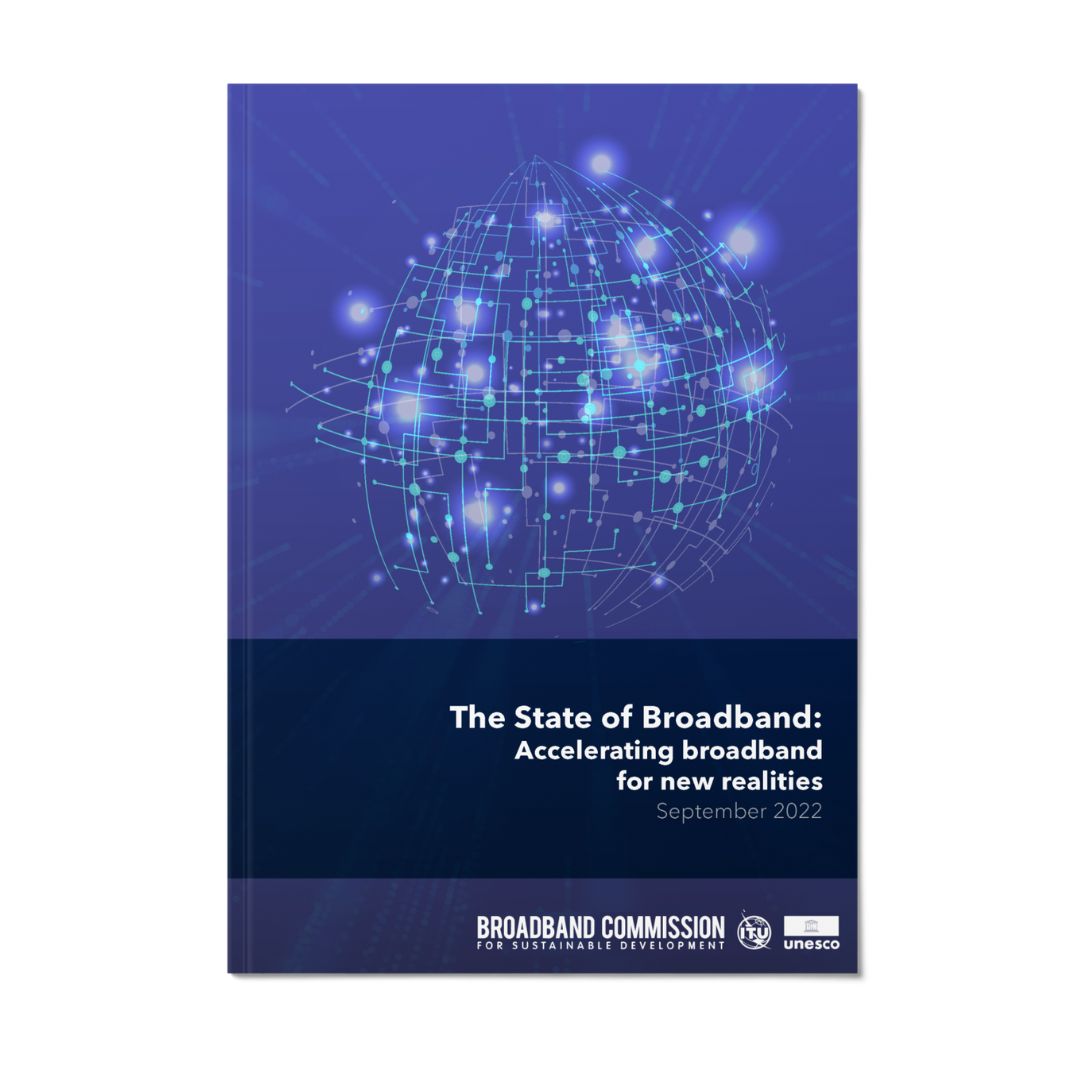Online and ICT-facilitated violence against women and girls is evolving and expanding, including sexual harassment, stalking, and zoom bombing[i]. Innovations, including virtual reality and the metaverse, are creating new digital spaces for misogyny and sexual violence. Those relying on an online presence for their work, including women journalists, politicians, and activists, are disproportionately affected [ii]. And there is growing evidence of the reinforcing connection between online violence and real-life violence against women and girls,[iii] acts which often have important consequences for women’s and girls’ professional and personal lives[iv]. Women and girls must have safe and equal access to information, to become part of the next generation of innovators, tech and software engineers and online content creators.
More than half of girls and young women surveyed globally have experienced online violence[v]. One global study found that the majority of girls surveyed were only 14 to 16 years old when they first experienced online sexual harassment. Women belonging to ethnic minorities, indigenous women, lesbian, bisexual and transgender women, and women with disabilities are at even greater risk of online violence[vi].
In line with the work of the Generation Equality Action Coalition for Technology and Innovation for Gender Equality as well as our work with the EQUALS Global Partnerships and the Global Partnership for Action on Gender Based Online Harassment and Abuse, I propose two primary areas of focus to address this.
First, I recommend to governments that they ensure strong and clear codes of conduct for law enforcement officials addressing online violence against women and girls and invest in specialized justice officers to address such violence with a human rights and gender-sensitive approach. I ask that they inform Internet users about existing safety protocols and how users can report cases of abuse and access essential services online, and that they actively engage women’s rights organizations to develop relevant guidance and good practices.
Governments can also strengthen the evidence base by generating quantitative and qualitative data on the different forms of violence against women and girls in digital contexts, sharing examples of promising and good practices with stakeholders to strengthen prevention and response efforts [vii].
Second, I recommend that internet intermediaries set high-level and clear commitments to uphold women’s and girls’ safety in online spaces. These include the design and improvement of tools and systems that prevent, detect, respond and monitor online violence as well as filtering, blocking and taking down illegal content on the Internet, in particular non-consensual filming and sharing of intimate images. I also ask that they demonstrate their accountability by generating quantitative and qualitative data on the different forms of online violence against women and girls on digital platforms [viii].
To increase safety online, I call for investment in education campaigns, including on preventing ICT-facilitated violence, sharing online safety advice, and providing accessible and transparent reporting and complaints procedures.
And I ask private sector and civil society organizations to work together to develop solutions; strengthen employee capacities to understand online violence; and encourage more women and girls to pursue education and employment in STEM [ix].
We need a renewed drive towards safe, universal and meaningful connectivity[x] more than ever – based on gender equality – and the Broadband Commission aims to achieve this across all targets by 2025. As we invest in proactive measures to make this realization of rights a reality, we must also ensure safety in digital spaces. Only then can we unlock the power of women and girls’ contributions.
_____________________________________________________________________________________
[i] Zoombombing” describes the practice of disrupting or infiltrating a video-conference call and showing racially charged or sexually explicit material to the unexpecting participants. See Sexual Violence Research Initiative, “Online safety in a changing world – COVID-19 and cyber violence”, 2020
[ii] A/76/258 “Promotion and protection of the right to freedom of opinion and expression” Note by Secretary General; 2021
[iii] UNESCO Online Violence Against Women Journalists: A Global Snapshot of Incidents and Impacts, 2020. p.3
[iv] European Institute for Gender Equality, “Artificial intelligence, platform work and gender equality”, 2021.
[v] Plan International, “Free to Be Online?”, 2020, p. 7; World Wide Web Foundation and World Association of Girl Guides and Girl Scouts, “Survey – Young People’s Experience of Online Harassment”, 2020. See also U-Report, “Internet Safety Day – Online Harassment”, 8 February 2020.
[vi] A/HRC/38/47, “Report of the Special Rapporteur on violence against women, its causes and consequences on online violence against women
and girls from a human rights perspective” para. 28.; 2018
[vii] UN Women, “Online and ICT facilitated violence against women and girls during COVID-19”; 2020. p.6.
[viii] The Generation Equality Global Acceleration Plan: Blueprint for the Action Coalition on Technology and Innovation for Gender Equality, 2021 p. 104-123.
[ix] UN Women, “Online and ICT facilitated violence against women and girls during COVID-19”; 2020. p.7.
[x] ITU and United Nations Office of the Secretary-General’s Envoy on Technology; 2022. “Achieving Universal and Meaningful Digital Connectivity: Setting a Baseline and Targets for 2030”


